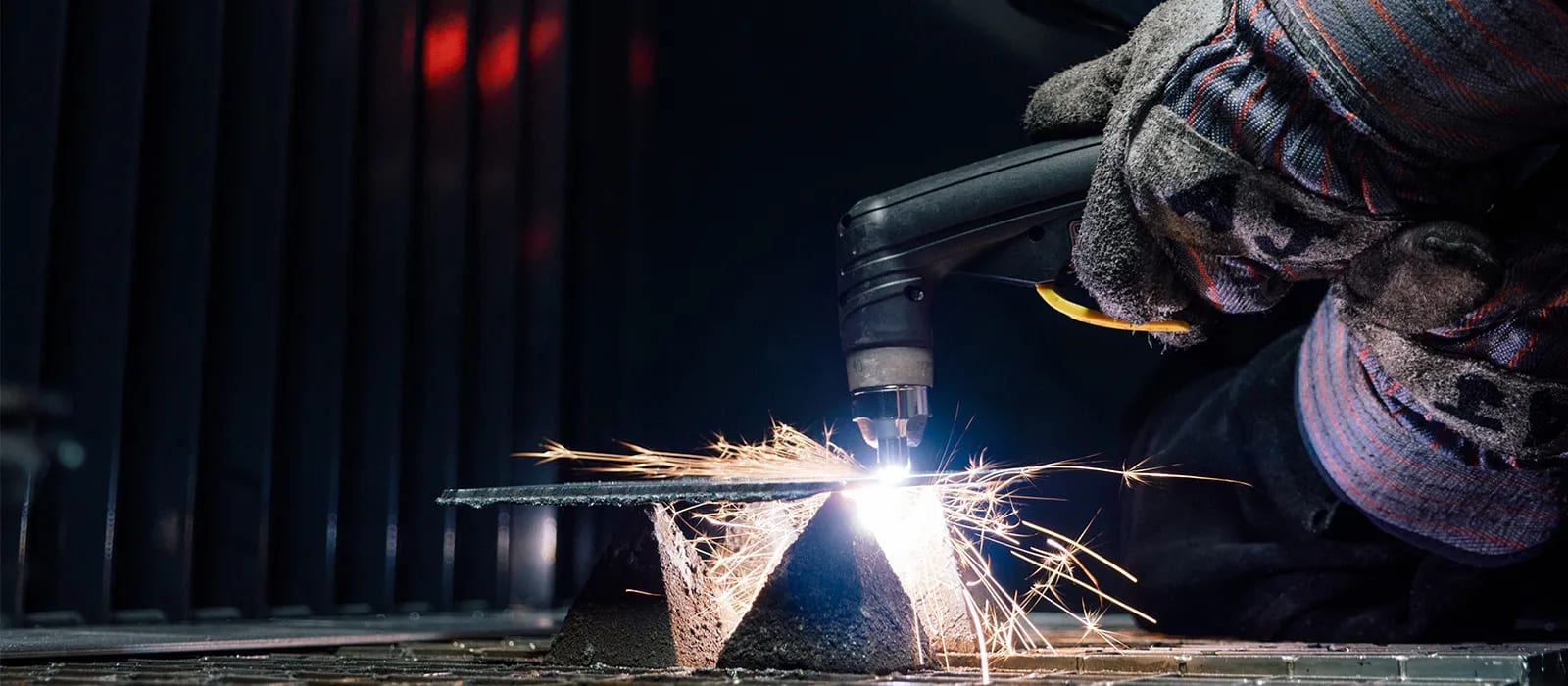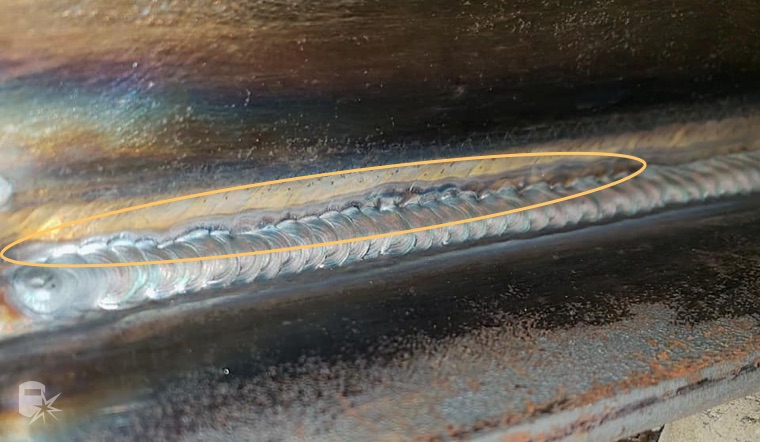Preventing Weld Undercut Demystified: Strategies for Success
Preventing Weld Undercut Demystified: Strategies for Success
Blog Article
Necessary Tips for Welders: Protecting Against Undercut Welding and Ensuring Stronger Weld Joints
In the realm of welding, accomplishing solid and sturdy weld joints is the cornerstone of producing high-quality job. However, one common difficulty that welders usually come across is undercut welding, which can endanger the integrity of the weld joint. By recognizing the variables that add to damaging and applying the right strategies and preventative measures, welders can effectively stop this concern and make certain the long life and toughness of their welds. Allow's explore some essential tips that can help welders browse this challenge and elevate the quality of their welding projects.

Comprehending Undercut Welding
Undercut welding is an usual welding problem that takes place when the weld metal falls short to properly load the groove and causes a groove-like anxiety along the weld grain. This defect damages the weld joint, making it vulnerable to fracturing and failure under anxiety. Undercutting can be triggered by numerous factors, including too much welding current, high welding speed, inappropriate electrode angle, wrong electrode size, and bad welding strategy.
Among the main factors for undercut welding is a discrepancy between the welding current and the welding speed. If the welding current is too high or the welding speed is also fast, the weld metal might not effectively fill up the groove, bring about damaging. In addition, using an electrode that is also large can result in a comparable result, as the excess metal can not properly move into the groove.
To stop undercut welding, welders should guarantee they are making use of the appropriate welding specifications, keep an appropriate electrode angle, choose the proper electrode size, and method correct welding techniques. By attending to these elements, welders can reduce the danger of undercutting and create more powerful, more trusted weld joints.
Appropriate Welding Strategy
Reliable welding strategy plays an important role in making certain the quality and stability of weld joints. Correct welding technique includes a mix of ability, adherence, and precision to finest methods. One fundamental facet of correct welding strategy is maintaining the right angle and distance in between the welding weapon and the workpiece. Welders need to additionally pay close attention to the travel rate and warm input to avoid problems like damaging, porosity, or incomplete combination.
Furthermore, a regular and steady hand movement is necessary for developing strong and resilient weld joints. Welders ought to intend for smooth, consistent activities to make sure also distribution of the weld product. Correct manipulation of the welding weapon and filler material is additionally essential to attaining optimum penetration and fusion.
Moreover, regulating the heat input and picking the proper welding specifications based on the product being welded are crucial consider achieving premium welds - Preventing weld undercut. Welders ought to follow the suggested settings provided by welding procedure specs and readjust them as required based upon the details needs of the task. By understanding correct welding techniques, welders can significantly boost the stamina and reliability of their weld joints
Selecting the Right Electrode
When taking into consideration the importance of choosing the appropriate electrode in welding address applications,Maintaining the appropriate angle and range between the welding gun and the work surface is essential. The option of electrode plays an important duty in establishing the high quality and strength of the weld joint. Electrodes come in numerous kinds, each created for specific functions and products.
To start with, choosing the ideal electrode diameter is vital. Thinner electrodes are ideal for welding thin products, while thicker electrodes are much better for thicker products and greater warmth applications. Matching the electrode diameter to the thickness of the workpiece helps attain a balanced weld.
Second of all, understanding the material composition of the electrode is essential. Different electrodes are developed for welding specific materials like steel, stainless-steel, light weight aluminum, or cast iron. Utilizing the proper electrode material guarantees good combination and reduces the danger of issues in the weld.
Finally, taking into consideration the welding setting and strategy is critical when choosing the electrode type. Certain electrodes are much better suited for vertical or overhanging welding placements, while others work well for level or straight placements. Picking the appropriate electrode based upon the welding strategy improves the total weld top quality and stability.
Preparing the Base Metal
To make certain an effective welding procedure, what first actions should be taken when preparing the base steel for welding? Additionally, any kind of existing weld product or deposit from previous welding need to be eliminated to make sure a tidy surface for the brand-new weld.

Performing Post-Weld Examinations

After carrying out these analyses, welders should contrast the outcomes against sector criteria and task demands to make certain that the weld joint meets all required criteria. Any kind of inconsistencies or insufficiencies uncovered throughout the post-weld inspection should be immediately addressed through appropriate restorative procedures to assure the weld's integrity. By diligently carrying out post-weld evaluations and promptly addressing any type of problems, welders can support the top quality and integrity of their job, inevitably contributing to the safety and long life of the bonded frameworks.
Conclusion

To conclude, stopping undercut welding and guaranteeing stronger their explanation weld joints require a mix of correct welding strategy, choosing the best electrode, preparing the base metal correctly, and performing post-weld inspections. By recognizing the root causes of undercut welding and applying the required safety measures, welders can create premium weld joints that satisfy industry criteria and make certain the architectural integrity of the bonded elements.
Undercut welding is a typical welding flaw over at this website that occurs when the weld steel stops working to correctly load the groove and results in a groove-like depression along the weld grain (Preventing weld undercut). Damaging can be triggered by different elements, consisting of extreme welding existing, high welding rate, improper electrode angle, incorrect electrode size, and poor welding method
One of the main reasons for undercut welding is an imbalance in between the welding present and the welding rate. If the welding current is too high or the welding rate is as well quickly, the weld steel might not adequately fill up the groove, leading to undercutting.Keeping the right angle and distance in between the welding weapon and the workpiece is essential when considering the significance of selecting the ideal electrode in welding applications.
Report this page